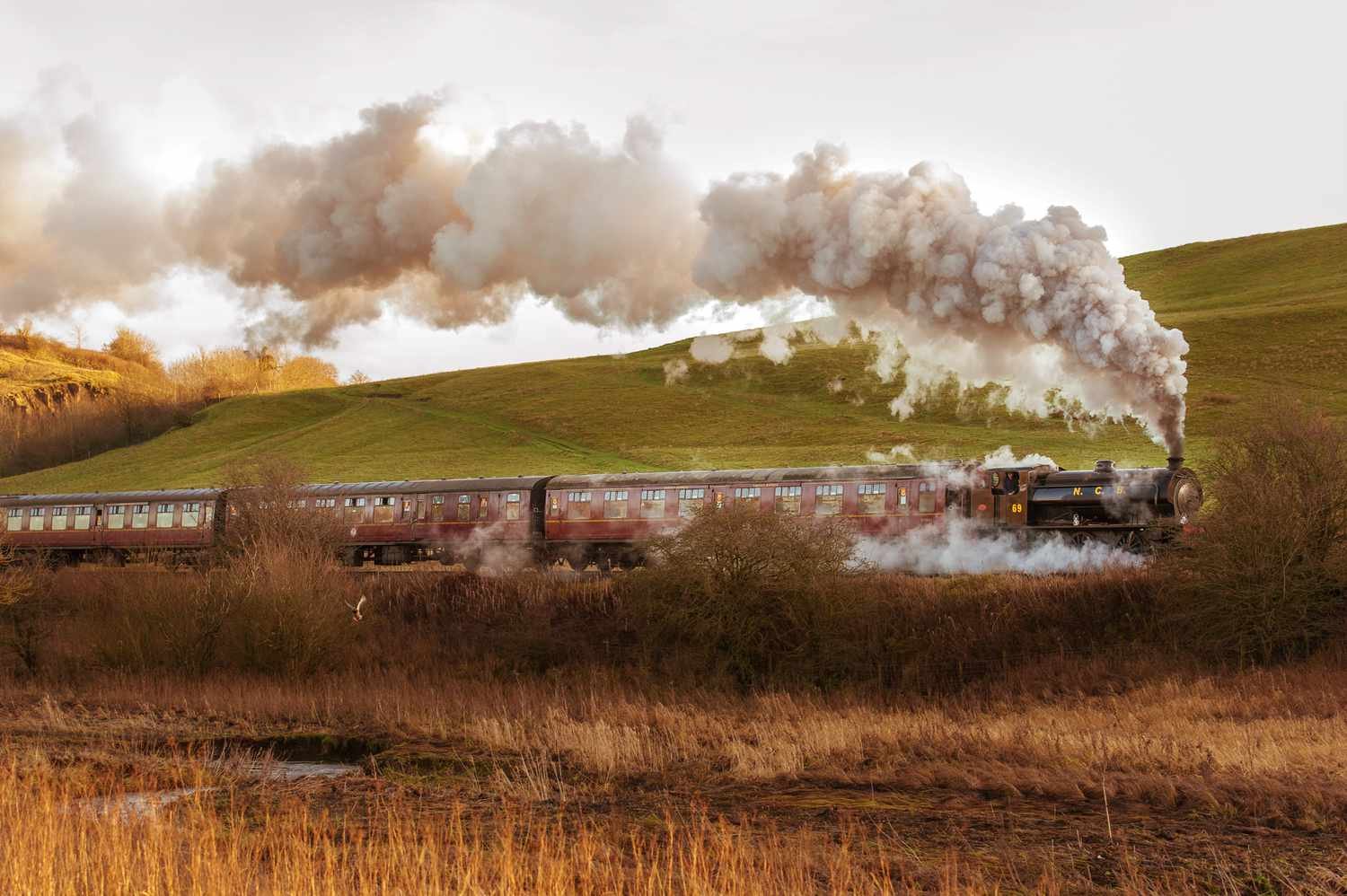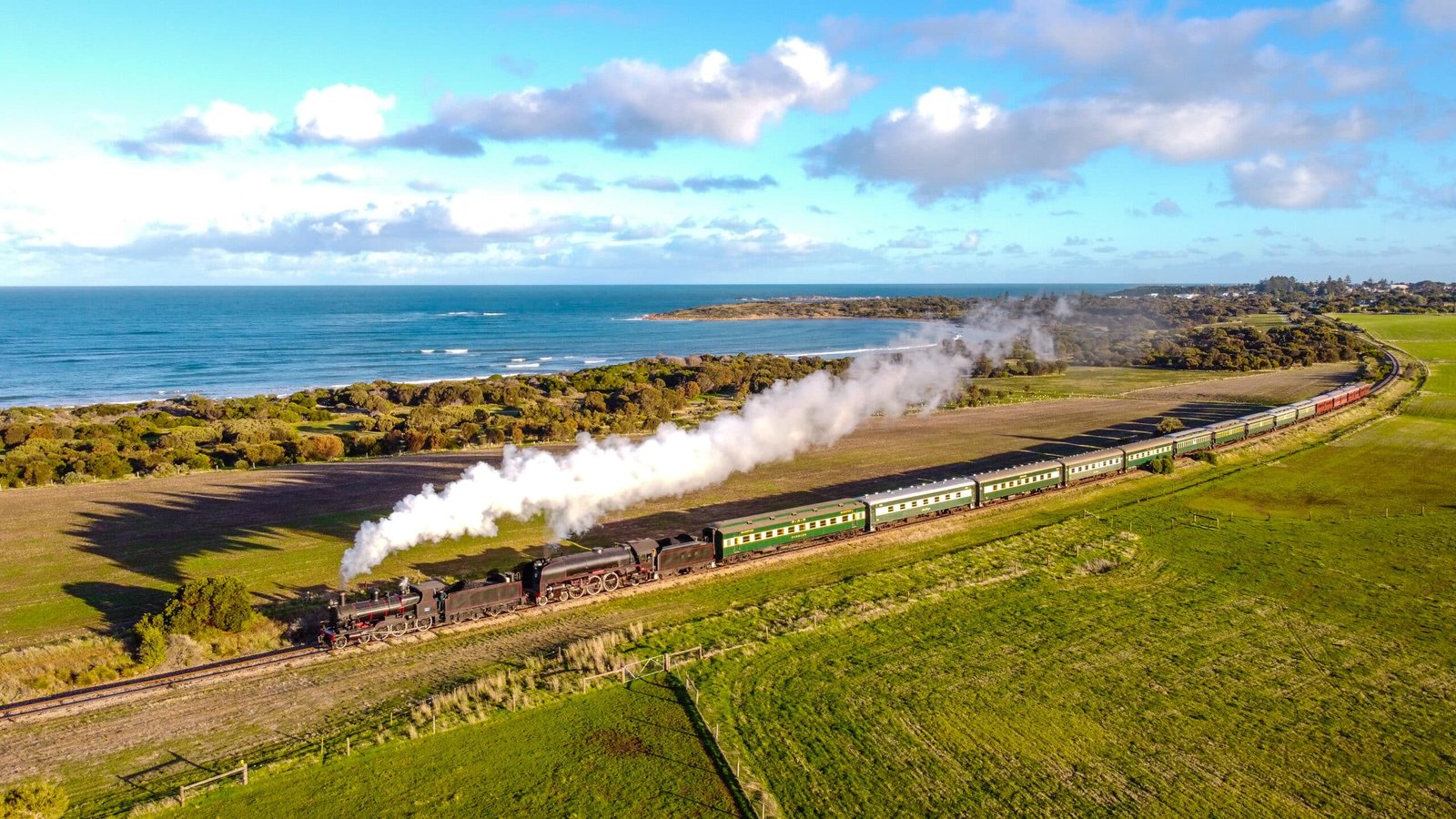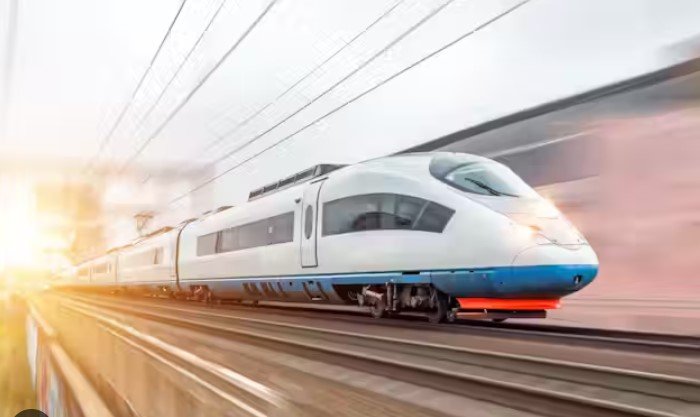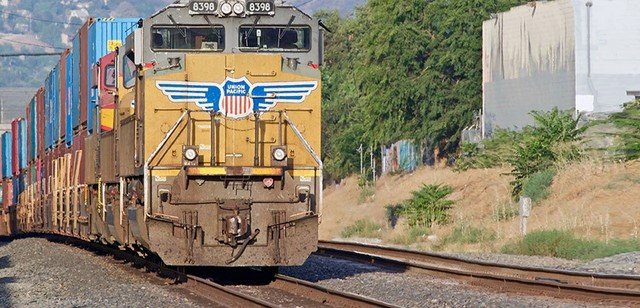Heritage railroads are more than just remnants of a bygone era; they are living, breathing testimonies to the pivotal role that trains once played in shaping the modern world. These historic railroads, often restored to their former glory, serve as educational resources, tourist attractions, and cultural symbols. While modern transportation technology has advanced at an incredible pace, the preservation of heritage railroads offers a valuable opportunity to reflect on our industrial past and ensure that future generations can appreciate the incredible engineering feats of earlier times.
In this article, we will explore the importance of preserving heritage railroads and why these efforts matter for history, culture, and tourism.
The Significance of Heritage Railroads
Heritage railroads are more than just old trains; they embody the social, cultural, and technological advancements of their time. These railroads were once the arteries of commerce, helping to transport goods, people, and ideas across vast distances. As industrialization spread, railroads became a crucial part of everyday life, connecting cities, towns, and countries.
The significance of preserving heritage railroads lies in the fact that they provide a tangible link to the past. They allow us to witness and understand the achievements of earlier generations and experience how trains influenced everything from travel and trade to urban development. Heritage railroads are thus invaluable educational tools, offering hands-on learning experiences for people of all ages.
Cultural Preservation
One of the main reasons why preserving heritage railroads matters is the role they play in cultural preservation. These railroads are part of our collective history, and without them, much of our understanding of the past would be lost.
The trains themselves, the stations, and even the surrounding infrastructure offer a glimpse into the lifestyle of past generations. Through restoration projects, many heritage railroads have been preserved with their original equipment, including locomotives, carriages, and tools, showcasing the craftsmanship and engineering ingenuity of the time. By maintaining these artifacts, we ensure that the cultural legacy of rail transport remains accessible for future generations.
Economic Benefits through Tourism
Heritage railroads also contribute to the economy by attracting tourists. Many historic railroads operate as tourist attractions, offering scenic journeys through picturesque landscapes, historic stations, and vintage carriages. Visitors can travel along routes that were once bustling with freight and passengers, experiencing the romance and nostalgia of rail travel.

In addition to offering travel experiences, heritage railroads often host events such as steam festivals, vintage train rides, and themed excursions. These attractions draw in thousands of tourists each year, stimulating local economies and preserving jobs in communities that rely on tourism.
For example, the Great Smoky Mountains Railroad in North Carolina offers scenic trips that pass through the Appalachian mountains, while the Strasburg Rail Road in Pennsylvania provides visitors with an authentic steam train experience. These and other heritage railroads are integral to their regions’ tourism industries, demonstrating how preserving these lines can have far-reaching economic impacts.
Educational Value
Beyond the tourist industry, heritage railroads have immense educational value. They provide a unique, immersive way for people to learn about history, engineering, and the industrial revolution. Schools, museums, and universities frequently partner with heritage railroads for educational programs, offering students the chance to explore the workings of old trains and the historical significance of rail transport.
For example, many heritage railroads run school programs that educate students about the science and technology behind steam engines, the impact of railroads on the development of cities, and the role of trains in wars and economic growth. These educational opportunities allow young people to engage with history in a meaningful way and understand how railroads have shaped the modern world.
Environmental Impact
Interestingly, heritage railroads can also have an environmental benefit. Unlike many modern forms of transportation that rely on fossil fuels, many heritage railroads operate using steam engines or other sustainable technologies. Although steam trains can be resource-intensive, their preservation has led to growing interest in green technologies for modern trains, such as hybrid locomotives or electric trains.
Some heritage railroads have even embraced eco-friendly practices, reducing emissions, recycling materials, and sourcing renewable energy. The push to make rail transport more sustainable has been inspired by the iconic steam engines of the past and can help address the environmental challenges of the future.
Challenges in Preservation
While there are numerous benefits to preserving heritage railroads, the process is not without its challenges. Restoring and maintaining old railways is a labor-intensive and costly endeavor. The preservation of heritage railroads requires skilled workers, specialized equipment, and funding to ensure that these historic sites remain in good condition.
Additionally, many heritage railroads operate in rural areas, where access to resources and funding can be limited. Preserving historic stations, tracks, and engines requires extensive planning and ongoing maintenance, often involving the efforts of volunteers, non-profit organizations, and local governments. In some cases, the lack of financial support or the threat of development can put heritage railroads at risk of closure or destruction.
How to Get Involved in Preservation Efforts
There are many ways individuals and organizations can support the preservation of heritage railroads. Donations to restoration projects, volunteering time and expertise, and participating in fundraising events are just a few examples of how the public can contribute to maintaining these cultural treasures.
Visitors can also play an important role by choosing to ride heritage trains, participate in events, and educate themselves about the history and significance of the railroads they experience. By supporting these initiatives, people help ensure that heritage railroads remain operational and accessible to future generations.
Conclusion
Preserving heritage railroads is essential for understanding our past, promoting education, and supporting local economies. These historic lines are living museums, offering a glimpse into a world where trains were the primary mode of transport and the backbone of industry. The preservation of these railroads not only helps us keep our history alive but also provides a valuable space for education, tourism, and environmental stewardship.
By continuing to invest in the maintenance and restoration of these iconic railways, we ensure that they remain a vital part of our cultural heritage. Preserving heritage railroads matters, and it is a responsibility we must take seriously if we want to pass on this remarkable legacy to future generations.




